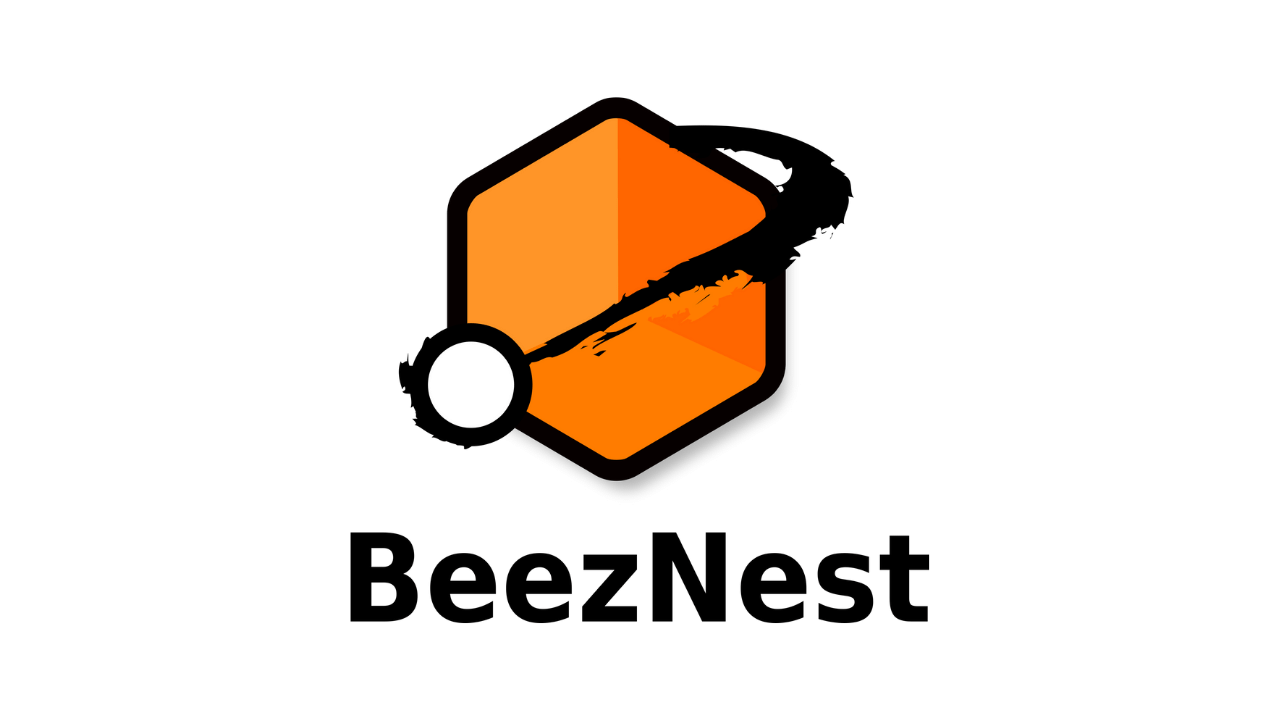
Recently we've been very busy building a few websites with Drupal. Simple sites in terms of content management but sometimes very challenging because of their design.
In any case, to avoid forgetting about what I've been doing on pre-configuring these sites for other team members to work on, I'll share a little bunch of tips for preparing a marketing campaign website. I reserve myself the right to come back here and edit this article fully in order to improve its presentation. However, it already contains information useful for me in the current state. I hope it is for you too.
First of all, installing the latest version of Drupal on a Linux web server is now a piece of cake. Although you have to do things with methodology to avoid having problems afterwards, it's pretty easy to follow a checklist. I found that using the same Drupal base for various websites was actually a bit problematic sometimes if I did not organize the process well. Also, changing the URL of a Drupal install (passing from dev to preprod URL for example) was a problem. Anyway, let's get to the short checklist.
- define your virtual host and domain name redirection
- download Drupal (for example Drupal 6.15) with a simple wget http://ftp.drupal.org/files/projects/drupal-6.16.tar.gz into your temp directory
- extract the drupal contents (tar zxvf drupal-6.16.tar.gz)
- move the contents to your web root
- get into your web root
- if you want to install in Spanish and use the website in Spanish by default afterwards, download the Spanish language pack (yes, right into this directory): wget http://ftp.drupal.org/files/projects/es-6.x-1.4.tar.gz
- uncompress the language pack: tar zxvf es-6.x-1.4.tar.gz
- remove the language pack archive: rm es-6.x-1.4.tar.gz
- go to sites/default/
- copy default.settings.php to settings.php and make it writeable by the webserver
- create the files/ subdirectory and make it writeable by the web server
- might as well create the modules/ and themes/ directories there if you're going to install or develop modules and themes
- because I know I'm going to use the admin_menu module, I might as well download it straight away, but I also know that it would be easier with the Drush module, so I download it first
- go to the module subdirectory and download and uncompress drush: wget http://ftp.drupal.org/files/projects/drush-All-versions-3.0-rc4.tar.gz; tar zxvf drush-All-versions-3.0-rc4.tar.gz
- then you can go into the drush directory (if you don't want to make drush too accessible) and execute: ./drush dl admin_menu (this will download the admin_menu module)
- then you can take the opportunity to also download nodewords (used for meta tags) and google_analytics the same way
- create a user and a database for this site in your database management system
- go to the URL with your browser (you might be able to install it from a terminal browser like Lynx too, haven't tried that)
- install it (fill the database details, mostly)
- go to the modules list and enable admin_menu, google_analytics and nodewords
- configure google_analytics with your google_analytics account (help yourself to the google_analytics video tutorial by Brian Stevenson here if needed)
- configure nodewords (you'll have to enable the meta tags inside the module configuration - see configuration by module -> meta tags). I found the README.txt file of the nodewords module pretty useful here
And that's it.
Well, obviously you need to get a nice theme and add content here, but that's something not-automated as far as I know.
Technorati Profile

